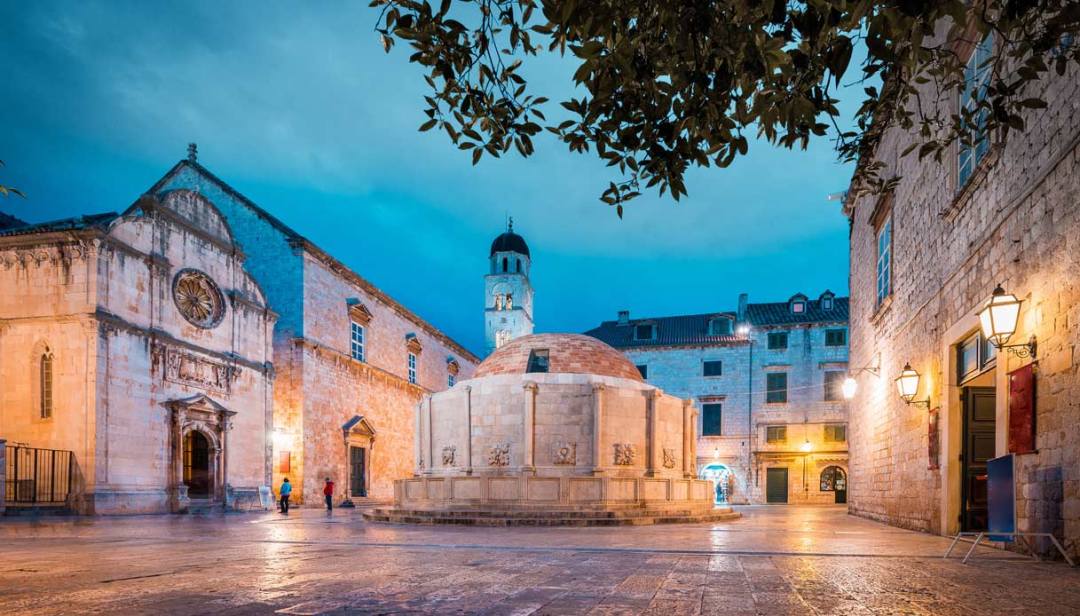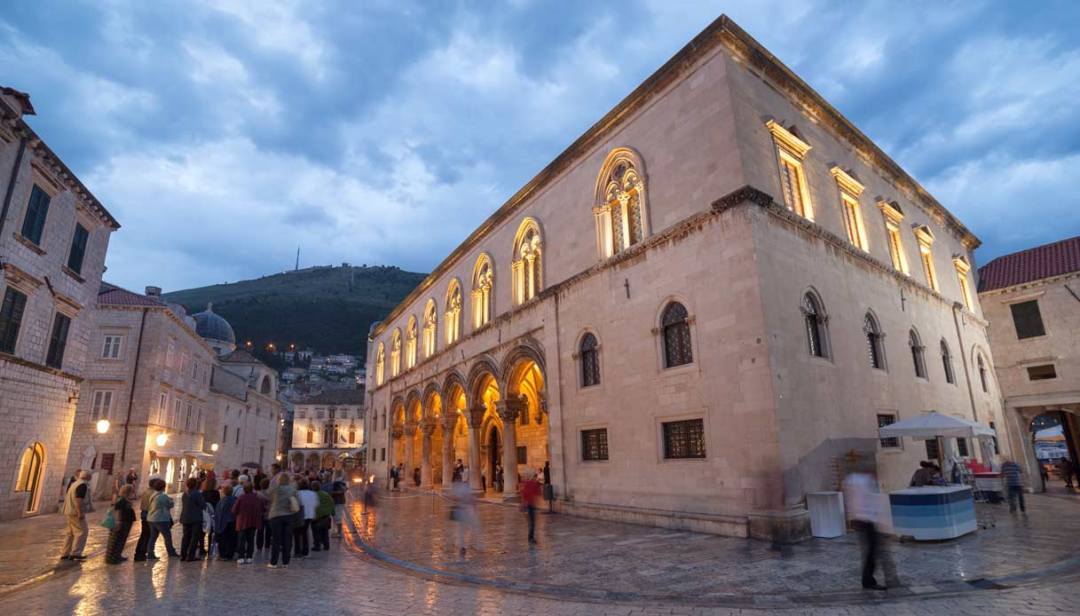With its fairy-tale appearance and the crystal-clear sea in which it is reflected, the Dubrovnik of Dalmatia (Dubrovnik in Slavic) is the pearl of the Adriatic , as Lord Byron defined it.
Dubrovnik has been a World Heritage Site since 1979. Its imposing walls encircle the old city and maintain all their ancient splendor. On the walls, easily accessible from the entrance of Porta Pile, it is also possible to walk: it is certainly one of the most beautiful places in the city. From that height you can enjoy the view of both the mainland and the sea, and admire the majesty of Dubrovnik , also represented by the 2 kilometers long walls.
Are you ready to lose yourself in its picturesque alleys? Follow us!
The Fountain of Onofrio will allow you to drink it with incredibly fresh and good water once you enter the Porta Pile entrance, and it is one of the most characteristic and famous monuments of the entire city of Dubrovnik. Initially the fountain was decorated with numerous sculptures, but unfortunately it was damaged in the 17th century by an earthquake and of the original decoration only 16 carved masks remained.
The majestic Palazzo dei Rettori, decorated with beautiful sculptures, was at the time the administrative center of the Republic, as it was the seat of the Rectors who ruled the city; currently it has been transformed into a museum that recalls the ancient history of Dubrovnik with heraldic crests, portraits and coins. In the square in front of the building, a vast market is set up every morning.
Palazzo Sponza , overlooking the beautiful Piazza Luza , was the symbol of the city’s wealth. Built in 1520 at the time of the Republic, it was the place where business was done as well as the customs office. Today it houses the Ragusa Historical Archive.
The Cathedral of the Assumption of the Virgin, located on the opposite side of the square from the Palazzo dei Rettori, was built in the 12th century thanks to King Rccardo the Lionheart, who wanted to thank the city for the hospitality received during the third crusade. Its walls are adorned with various religious paintings, among which the polyptych of the Assumption of the Virgin Mary stands out for its beauty.

